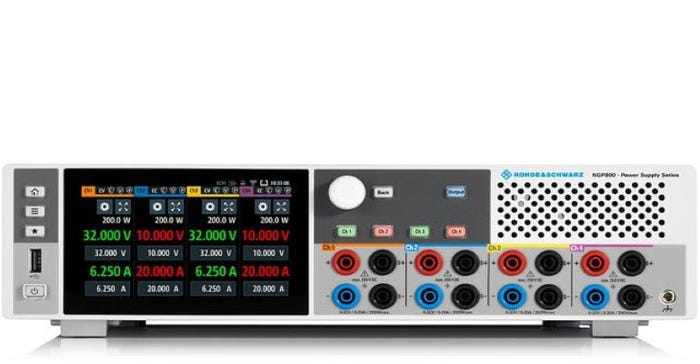Demystifying Benchtop Power Supplies
This video from Rohde and Schwarz provides a concise, straightforward explanation of power supplies used in electronics testing.

Benchtop DC power supplies have long been an essential ally for engineers and technicians in electronics test and measurement applications. These supplies power devices under test, whether they be breadboard circuits, printed circuit boards, or electronic products. Benchtop DC supplies are vital in making sure a product works as it is expected to before it is shipped out the door.
Over the years, benchtop DC supplies have evolved to provide higher accuracy and reliability, greater programmability, and more features. But their basic functions and purpose have remained the same, and understanding how these instruments operate is needed to get the most out of them.
Test and measurement supplier Rohde and Schwarz recently released a video, “Understanding Benchtop Power Supplies,” that provides a general technical introduction to benchtop DC power supplies and explains the most important functions, parameters, and features of these instruments in modern test and measurement applications. Topics covered include specifications such as output voltage, current, and power; derating curves; configuring the instrument; readback; protection features; and more.
You can view the video here.
Spencer Chin is a Senior Editor for Design News covering the electronics beat. He has many years of experience covering developments in components, semiconductors, subsystems, power, and other facets of electronics from both a business/supply-chain and technology perspective. He can be reached at [email protected].
About the Author(s)
You May Also Like



.jpg?width=300&auto=webp&quality=80&disable=upscale)

